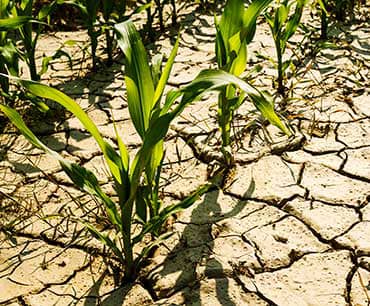
By Maryam Adebayo
Extreme weather events are becoming more frequent and severe, encompassing significant deviations in weather patterns such as extreme temperatures, heavy precipitation, and intense winds within short periods. Weather comprises essential elements like temperature, atmospheric pressure, cloud formation, wind, humidity, and rainfall, where slight alterations can lead to diverse weather phenomena.
Heatwaves, in particular, are attributed by climate experts to high-pressure systems in the atmosphere that force hot air downwards, trapping it near the surface and preventing its natural dissipation. This atmospheric setup exacerbates temperatures, fostering conditions conducive to prolonged heatwaves.
Human activities also play a pivotal role in exacerbating climate changes that contribute to extreme weather events. The burning of fossil fuels for electricity generation, heating, and transportation releases greenhouse gases like carbon dioxide, which traps solar radiation and warms the atmosphere over time. Increased demand for air conditioning during extreme heat exacerbates carbon emissions, straining energy systems and potentially causing power outages.
Global warming, fueled by activities such as fossil fuel combustion, deforestation, and industrial processes, further amplifies climate temperatures. Urban areas experience heightened heatwave impacts due to the urban heat island effect, where dense concentrations of concrete and reduced vegetation elevate local temperatures.
Another critical factor highlighted by experts is methane emissions, a potent greenhouse gas that traps heat much more effectively than carbon dioxide. Addressing methane emissions through reduced human activities that generate methane, such as waste management practices, is crucial for mitigating its environmental impact.Experts emphasize the importance of proactive measures to combat global warming. Tree planting, for instance, stands out as an effective strategy to absorb carbon dioxide, replenish oxygen levels, enhance environmental aesthetics, prevent erosion, and serve as windbreaks. These actions not only contribute to environmental stability but also promote community resilience to climate change impacts.In conclusion, addressing the root causes of climate change through mitigation strategies like reducing greenhouse gas emissions and enhancing environmental stewardship remains imperative for safeguarding against increasingly frequent and severe extreme weather events.
